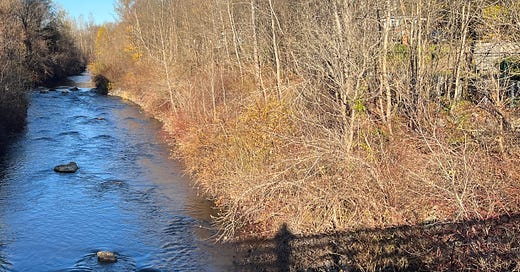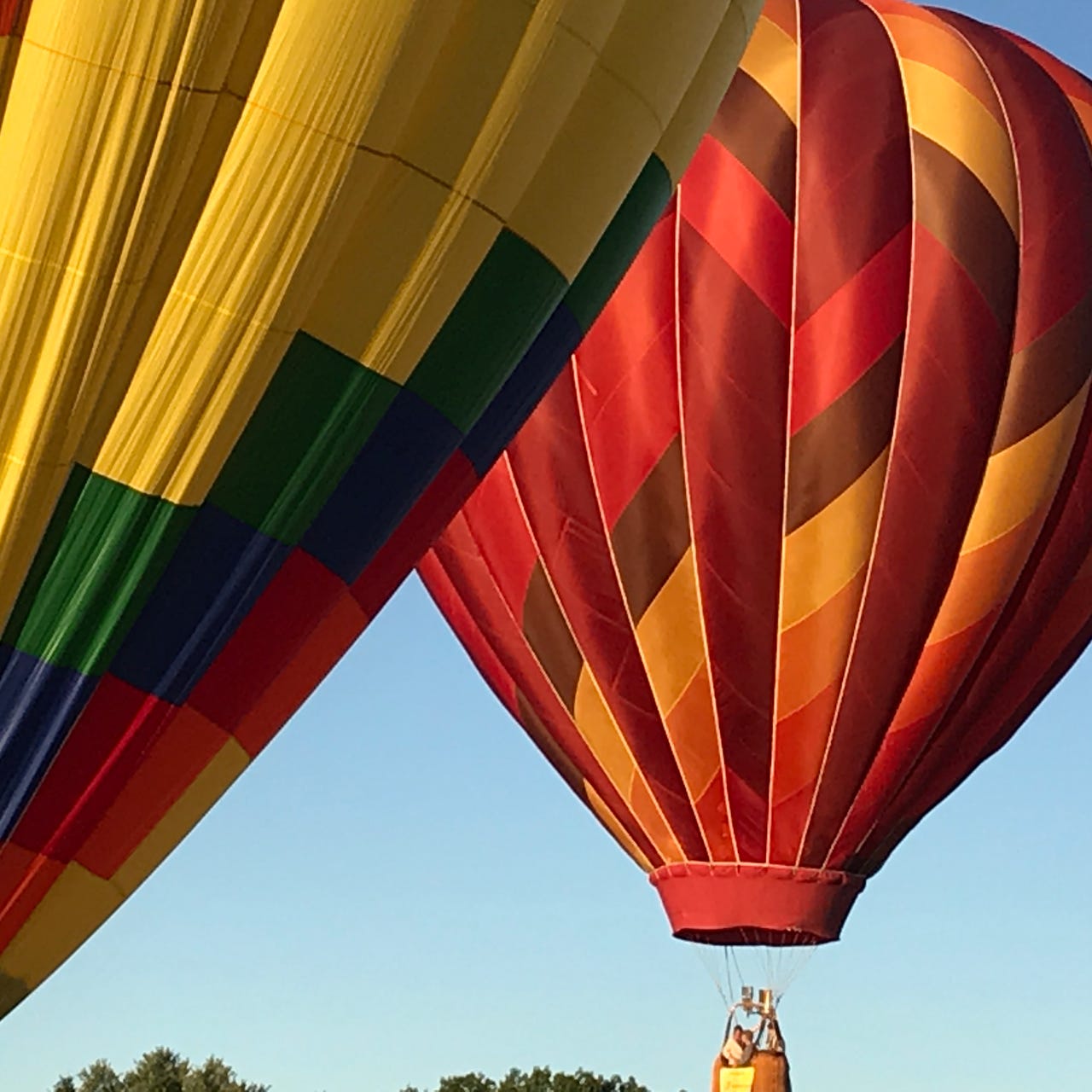How Art Heals: Remembering Wholeness
Part 3 of a Many Voices Conversation with Rosemary Starace
Over the last few months, Rosemary Starace, a Berkshire-based writer, poet and visual artist, has joined me in an exploration of The Way of Art. You can see the earlier parts of our encounter here Part 1, Part 2.
SK: It has been our intention, shared with appropriate hesitation and humility, to consider the ways that art can contribute to the healing of the world. That is, not “just" our personal healing from trauma and loss, but the larger healing of the culture and of nature itself. Thinking about this enormous subject, I realized that I was guilty of papering over its complexity and bypassing the attendant suffering. In order to consider the possibility of healing, we first have to stare into the eyes of the hungry and feel the heat rising.
If finding one’s voice as an artist means “falling in love” with oneself in all one’s imperfection, the same is true of embracing the suffering world. The first chapter of healing will need to be a deep reading of the dark text of the grieving of the planet and its people. I’m not suggesting that we need to gorge ourselves on the wars and wildfires, the disease and debasement of women and children, the oceans flooding the fields. I’m suggesting that we have to learn to take it in in digestible portions so it is never normalized. Art will strengthen us against the onslaught because it is the language of the real and the true. It is the translation, the interface, between the human interior landscape and the exterior landscape of the world.
Art is not born in Paradise where everything is perfect now and forever. It is the lovechild of struggle and failure, beginning again and again. Every new beginning knocks down and then re-integrates what was there before. What’s your sense of the current dismantling and do you feel that it’s in the service of healing?
RS: When I look at war, injustice, wanton destruction, and planetary chaos, I can easily despair. Our human capacities now include the ability to destroy ourselves and everything on this planet. To do something feels urgent, but it is hard to see what power we have as individuals.
I have taken heart from CG Jung (though he’s not the only one to have such insights) that each of us can work to heal ourselves of our wounds and our blindness. To get to know the dark and light aspects of ourselves, he said, increases not only our own inner quietness but radiates to others as well. Each person’s inner work, their “becoming,” is important and necessary for them, and contributes to the enlightenment of the whole. It’s not heroic work; it’s painstaking and uncomfortable and it takes a long time. Few of us can finish even our own work in a lifetime, but we can move ourselves, and therefore our intimates and our communities, along. We can devote ourselves to not contributing more to the darkness of our time.
This is where art comes in for me. It is a way to experience fullness of being, to investigate the unknown, to accept our limitations, to be shocked into joy, to connect with the deepest and most reliable qualities of ourselves and others. This can all happen in relative privacy, but when our artwork enters the world it can ripple further out.
SK: You write above about human capacities for good and for evil and the way in which art allows us to experience fullness of being. The word fullness really resonates for me. Much of the suffering in the world comes from constriction of human potential and from dualistic thinking. Art expands our capacity for empathy. Even when a particular work has no obvious social implications, just the introduction of the beauty of form and proportion liberates us from our narrow preoccupations and allows us to inhabit a more spacious reality. Art elevates the discourse out of the merely functional to a plane where there is room for ambiguity and ambiguity, the willingness to explore dark and light, is an essential quality of love. I’m thinking now of the Colorado novels of Kent Haruf. Haruf takes us into the feeling life of the great flat expanse east of the Rockies and drops us into an endless barren landscape of hard work and bitter loneliness. He made me feel that place despite the fact that I grew up on the 14th floor of an apartment building in Manhattan. That’s alchemy and the human capacity for empathy is at the heart of it.
RS: Yes, art springs from empathy and cultivates empathy. You get at the heart of it with your observation that beauty itself can liberate us into a more spacious reality. This, as I infer from what you said, offers us relief from our daily concerns but may also work on another level. In a spacious place, we might find room for our own “barren landscapes” as well as the difficult terrain of others’ lives. We might even end up with greater empathy for the actual landscape, the earth.
The way art heals the world is subtle and usually pretty quiet. And it is not a once and for all kind of thing. Art has always done this work and will continue to do so. It erupts endlessly as though from an underground spring. And like water, it travels across every kind of territory, rough and serene. The line from an old song just bubbled up: we go “down to the river to pray.” So maybe art is the quiet temple of contemplation, the place of return.
SK: It’s been a great pleasure to have this exchange with you, Rosemary. I looked back to the first part of our conversation and noticed that I wrote “This material is so far-reaching and so deep that it’s challenging to choose a place to begin.” Now I feel the same way about coming to some sort of conclusion. How can this conversation end? It is indeed like water. Art and art-making bubble up and ripple out, radiating from some point of contact out into the pool of consciousness. You and I are a passing part of that river that has no beginning and no end.
RS: Thank you, Susie. This exchange has been a delight for me as well. And what a challenge to do justice to these vast subjects! I’m grateful to you for the opportunity to engage and to all the readers who shared their wisdom and experience with us.
***************************************************************************************************
Many Voices will appear on the last Sunday of each month and will feature contributions from the community of paid subscribers. Please let me know if you have work that you would like to contribute.All subscribers are now welcome to read and comment on Many Voices posts.
Please consider upgrading to a paid subscription to support seventysomething, have access to the archives, and become a contributor to Many Voices. Your ideas are always welcome.
*************************************************************************************************************
Copies of my 2019 essay collection, Twilight Time: Aging in Amazement, are available directly from me (signed) or from Amazon or your local bookseller.






Thank you dear Susie and Rosemary for this rich and complex conversation about the healing power of art.
I almost feel an invitation from both of you to fall in love with the world's and our own blessed imperfections. Creating art could almost be seen as an act of love.
Thank you too for the lifelong call to become familiar with our own wholeness--the light and the dark within each of us. I am grateful to have been born with a propensity to turn towards the light...
Phew! You two are most inspiring and insightful. This conversation sparks the thought that Art is the closest thing that humans do which Nature also can do… I don’t mean in the realm of destruction like the recent ravages of Helene…but rather in the sense of the spaciousness it opens up in both the artist and, potentially, the person who appreciates the art. Art not unlike Nature helps us mortals connect the dots of understanding, struggle, emotion, discovery, and wonder. Art can be terrifically relaxing, upsetting, or thousands of other words. (But hanging around in Art is much safer than being in a hurricane.) Recently I went to the Minneapolis institute of Arts to go sit in the Tibetan Buddhist Shrine that is now part of the permanent collection. Every inch of it is a work of art, and the recording of monks chanting in this sacred space gave me a sense of being deeply HELD. I have felt similarly around Stone Circles, and extraordinary vistas of many kinds. I have recently started painting again after a long pause…flowers. Thanks to you both for sharing about Art with your big brains, spirits and hearts!